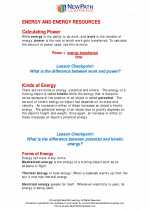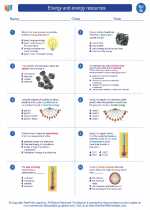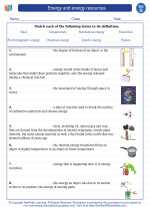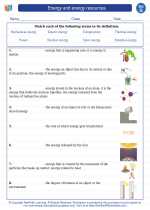Compound Molecules
Compound molecules are formed when two or more different elements chemically combine in a fixed ratio. These elements are held together by chemical bonds, resulting in the formation of a new substance with unique properties.
Types of Compound Molecules
- Covalent Compounds: These compounds are formed when non-metal atoms share electrons to achieve a stable electron configuration. Examples include water (H2O) and carbon dioxide (CO2).
- Ionic Compounds: These compounds are formed when metal atoms transfer electrons to non-metal atoms, resulting in the formation of ions held together by electrostatic forces. Examples include sodium chloride (NaCl) and calcium carbonate (CaCO3).
- Metallic Compounds: These compounds are formed by the attraction between positive metal ions and delocalized electrons. Examples include copper (Cu) and iron (Fe).
Properties of Compound Molecules
Compound molecules have unique properties that are different from the properties of the individual elements that form them. These properties include melting point, boiling point, conductivity, and chemical reactivity.
Study Guide
To successfully study compound molecules, consider the following key points:
- Understand the concept of chemical bonding and how it leads to the formation of compound molecules.
- Learn how to write chemical formulas for covalent, ionic, and metallic compounds.
- Explore the properties of different compound molecules and understand how they vary based on the type of bonding present.
- Practice identifying and naming different compound molecules based on their chemical formulas.
- Engage in hands-on activities or experiments to observe the properties and behavior of compound molecules.
- Review and understand the periodic table to recognize the elements that commonly form compound molecules.
By mastering the concept of compound molecules and their properties, you will develop a deeper understanding of chemical interactions and the formation of new substances.
.





